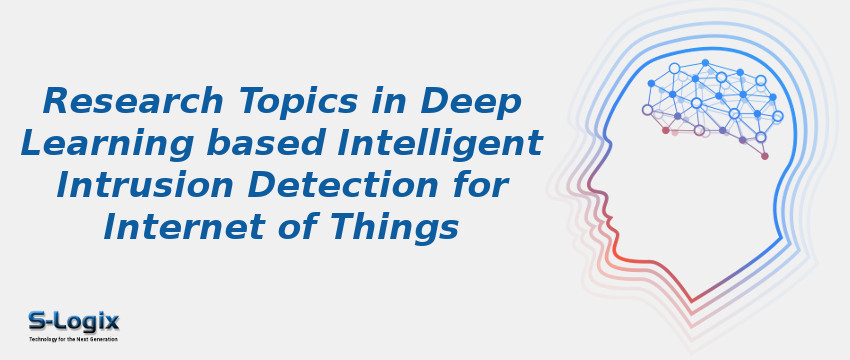Internet of things (IoT) is the fast-growing technology in computing and applied in many areas such as wearable devices, smart sensors, and home appliances. The high explosion of IoT devices led to the increase in IoT-based cyber-attacks. Inter-connectivity and interdependent aspects of IoT systems lead to the emergence of new intrusions on IoT devices regularly. Such unauthorized action in IoT devices causes considerable damage to the IoT services and thus made IoT systems more vulnerable. It is necessary to protect the IoT devices against threats, and securing IoT systems is a major concern. Intrusions are harmful to the confidentiality, integrity, and availability of IoT networks. An intrusion detection system (IDS) is a security implementation that works mainly in the network layer of an IoT system and observes traffic data to identify and protect against intrusions. IDS operations are categorized into three stages namely, the monitoring stage, the analysis stage, and the detection stage. Detection methods of IDS are signature-based, anomaly-based, specification-based, and hybrid-based detection techniques.
Deep learning(DL) methods for IoT in intrusion detection outperforms machine learning due to their large dataset handling capability. The most significant advantages of DL methods for intrusion detection in IoT are automatic modeling of complex features sets and allowance of deep linking in IoT networks. Deep neural networks in DL-based IoT are categorized as supervised learning (discriminative), unsupervised learning (generative), and hybrid DL. Convolutional neural networks (CNNs), recurrent neural networks (RNNs), deep autoencoders (AEs), deep belief networks (DBN), restricted Boltzmann machines (RBMs), generative adversarial networks (GANs), an ensemble of DL networks (EDLNs) are DL algorithms utilized in DL based IoT systems for intelligent intrusion detection. Future research scopes of DL intelligent intrusion detection for IoT are online and real-time, anomaly-based IDS for IoT networks, IDS with minimal false-positive rates and false-negative rates for IoT, IDS for the specific type of devices in IoT, semi-supervised learning, transfer learning, and reinforcement learning (RL) based IDS for IoT security.
